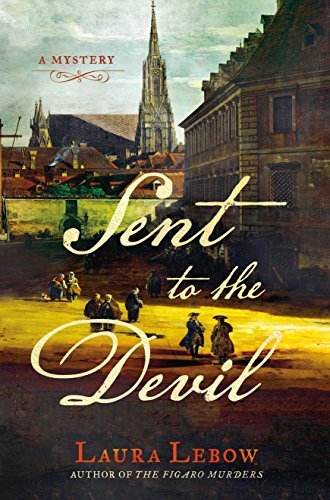Sent to the Devil
A murder mystery in which Mozart and Casanova appear, set in late 18th-century Vienna, and seen through the eyes of Mozart’s librettist, might sound intriguing. However, Lebow’s amateur detective, Lorenzo Da Ponte, fails to make her second novel a page-turner. Da Ponte, an actual historical character who worked with Mozart, is a priest who has been exiled from his native Venice. In Lebow’s previous novel, Da Ponte helped solve murders in Prague while working alongside Mozart in the production of The Marriage of Figaro.
In an attempt to foreshadow a critical clue in the solution to the murders in this installment, Da Ponte receives curious messages from an unknown correspondent, who turns out to be an aging Giacomo Casanova: Da Ponte’s Dr. Watson. The narrative spends little time in the company of Mozart and even less time discussing opera. Instead, we get a lot of commentary on the streets Da Ponte walks and the squares at which he meets other characters. He has the tendency to weep and fails to win the heart of the woman he loves, depriving him of the sophistication and charisma that make Sherlock Holmes and Hercule Poirot so fascinating.
Lebow fails to make this mystery and its characters compelling, despite an interesting approach to connecting the murders committed. Vienna never really comes to life, nor does the essence of a late 18th-century society.










